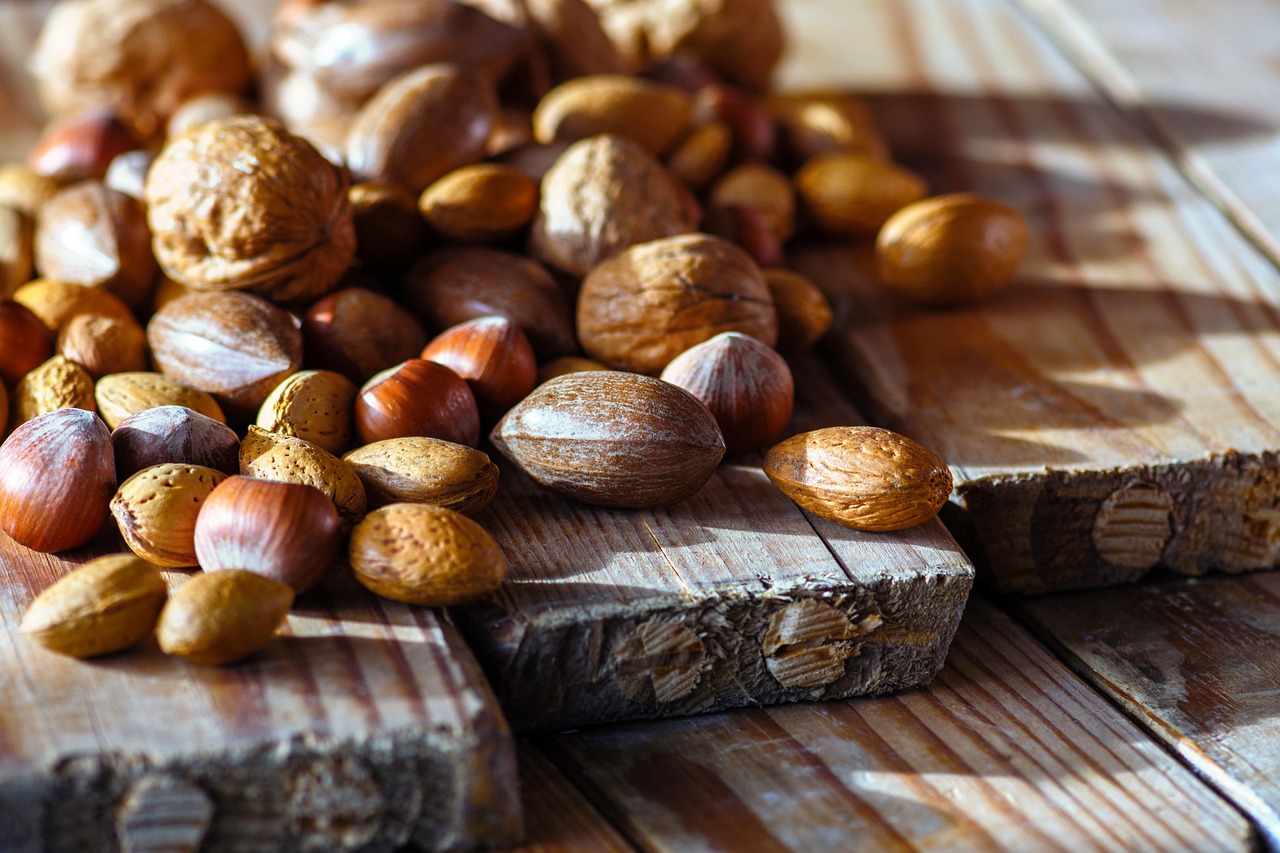“`html
Dietary fiber is an essential component of a healthy diet that often goes unnoticed in discussions about nutrition. As people become increasingly aware of the importance of gut health and overall well-being, the spotlight on dietary fiber shines brighter than ever before. This unassuming nutrient offers a plethora of benefits, from optimizing digestion to managing weight. Understanding the different types of fiber, sources, and their significant health advantages can help you make informed dietary choices.
What is Dietary Fiber?
Dietary fiber, often referred to simply as fiber, is the indigestible portion of plant foods. It is classified primarily into two categories: soluble and insoluble fiber.
Types of Dietary Fiber
- Soluble Fiber: This type of fiber dissolves in water to form a gel-like substance. It helps regulate blood sugar levels and lower cholesterol.
- Sources include oats, barley, nuts, seeds, beans, lentils, peas, and some fruits.
- Insoluble Fiber: This type of fiber does not dissolve in water and is vital for promoting bowel regularity.
- Sources include whole grains, wheat bran, vegetables, and legumes.
The Health Benefits of Dietary Fiber
Incorporating dietary fiber into your daily meals can lead to a multitude of health benefits, making it a crucial aspect of a balanced diet.
Digestive Health
- Fiber helps maintain bowel health by preventing constipation.
- It supports beneficial gut bacteria, which can improve the overall microbiome.
Practical Tip: Aim for a daily intake of at least 25 grams of fiber for women and 38 grams for men to support digestive health.
Weight Management
Filling up on fiber-rich foods can help control hunger due to their volume and slow digestion.
- High-fiber foods often require more chewing, which promotes satiety.
- Fruits, vegetables, and whole grains are typically lower in calories yet high in fiber.
Consider this: Fiber-rich snacks like apples or popcorn can be more satisfying and nutritious compared to processed foods.
Heart Health
Research indicates that dietary fiber can play a role in reducing the risk of cardiovascular diseases.
- Soluble fiber helps lower blood cholesterol levels.
- It can also improve blood pressure and inflammation levels.
Enjoying a high-fiber breakfast of oatmeal topped with fruits can contribute positively to heart health.
Diabetes Management
Incorporating fiber into your diet can help regulate blood sugar levels, making it beneficial for those with diabetes.
- Fiber slows the absorption of sugar and can improve insulin sensitivity.
- Foods high in fiber often have a lower glycemic index, making them a better choice for managing blood sugar.
For example, substituting white bread for whole grain can make a significant difference in blood sugar control.
How to Incorporate More Fiber into Your Diet
Knowing the benefits of dietary fiber is just the first step. The next is integrating it into your meals seamlessly.
Easy Ways to Add Fiber
- Start with Breakfast: Choose whole-grain cereals or oatmeal.
- Snack Wisely: Opt for fresh fruits, nuts, or vegetables throughout the day.
- Be Smart About Grains: Replace white rice or pasta with brown rice, quinoa, or whole-grain bread.
- Get Creative with Recipes: Add beans or lentils to soups, stews, or salads.
Tracking your fiber intake can also be beneficial. Many mobile apps can help oversee daily consumption, ensuring you meet your fiber goals.
Conclusion
Dietary fiber is an indispensable part of a healthy lifestyle, providing numerous health benefits and enhancing overall well-being. Understanding the different types of fiber, the array of advantages it offers, and practical ways to incorporate it into your diet can empower you to make healthier choices. By prioritizing fiber-rich foods, you are not only supporting your digestive health but also contributing to weight management, cardiovascular health, and diabetes control. Start small and gradually increase your fiber intake to reap the full benefits of this vital nutrient.
“`






